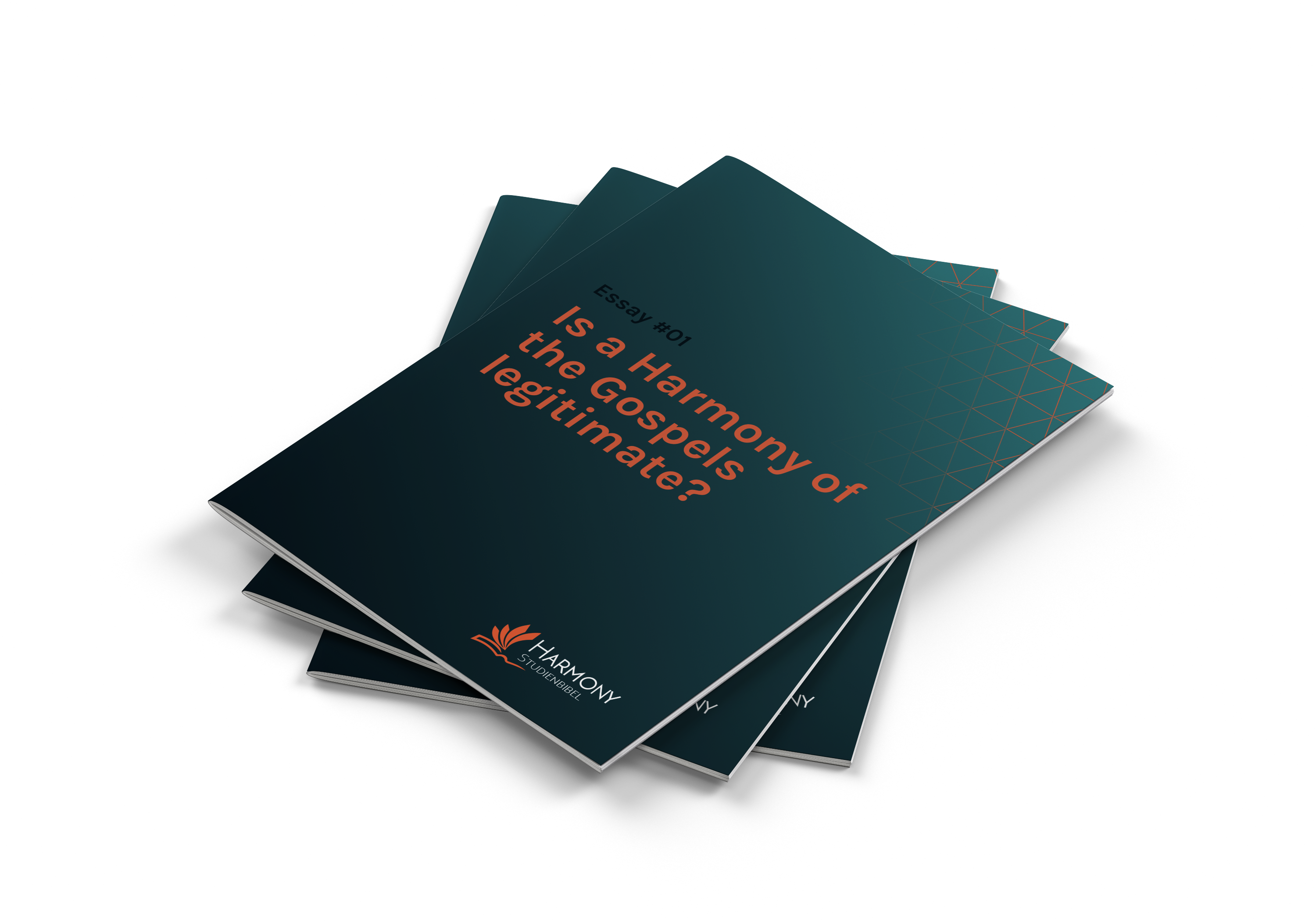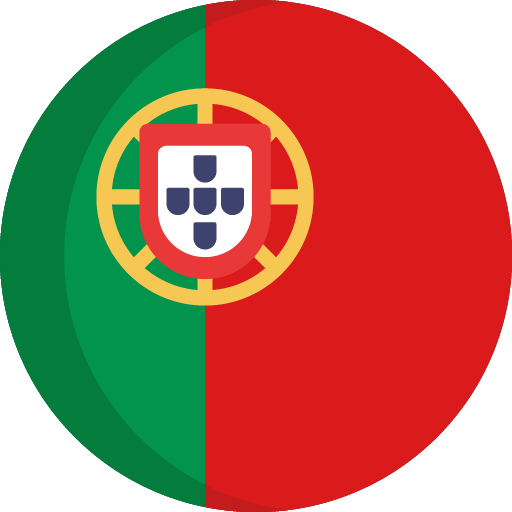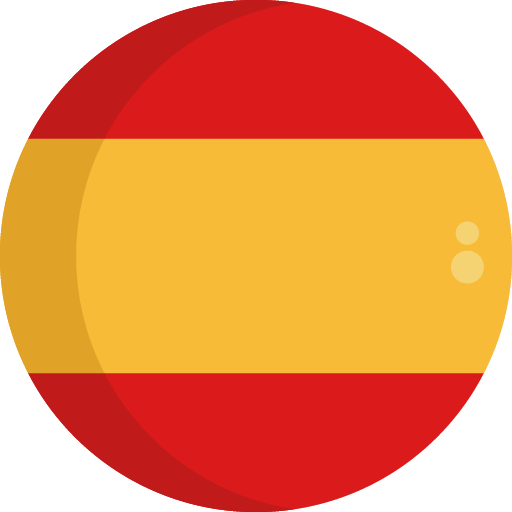Section 150e
Promise of answered prayer and peace
Jerusalem, in the upper room → The Mount of Olives
| John 16:23-33 |
| 23In that day you will ask nothing of me. Truly, truly, I say to you, whatever you ask of the Father in my name he will give you. 24Until now you have not asked for anything in my name. Ask, and you will receive, so that your joy may be full. 25“I have told you these things in figures of speech, but an hour is coming when I will no longer use figures of speech but will tell you plainly about the Father. 26In that day you will ask in my name, and I do not say to you that I will ask the Father on your behalf, 27for the Father himself loves you, because you have loved me and have come to believe that I came from God. 28I came from the Father and have come into the world, and now I am leaving the world and going to the Father.” 29His disciples said to him, “Behold, now you are speaking plainly and not using any figure of speech. 30Now we know that you know all things and have no need for anyone to question you; because of this we believe that you came from God.” 31Jesus answered them, “Now do you believe? 32Behold, an hour is coming, and has now come, when you will be scattered, each to your own home, and will leave me all alone. Yet I am not alone, for the Father is with me. 33I have said these things to you so that in me you may have peace. In the world you will have tribulation, but take heart; I have overcome the world.” |
Notes
Mount of Olives
The mountainous ridge called the Mount of Olives stretches totay from the Hebrew University Mount Scopus campus in the north to the Jewish cemetery and beyond, to the village of Silwan in the south. Between these two ends of the mountain are the olive trees from which the mountain takes its name. The area at the bottom of the mountain would have been the place for the olive gardens and an olive press, “Gat shemen” in Hebrew, from which the name “Gethsemane” comes.
The gospels record on more than one occasion Jesus’ sorrow for Jerusalem as he made his way down the slopes of the Mount of Olives. It was a path he would have known from childhood from His many visits to Jerusalem.
Down the road from Bethphage He came riding on a donkey colt with palm branches symbolic of Judaea strewn along the way. “Hosanna!” (“save now!”) was the cry upon the lips of the people (Matthew 21:1-9). This prayer from Psalm 118:25 was a request for salvation. Yet Jesus knew that these cries would be changed within a week to “Crucify him!” He wept again for Jerusalem, for He knew what would befall the people in less than one generation as the city would be besieged and taken.
Upper Room
The Upper room, or Cenacle, commemorates the place where the last Supper was eaten and Holy Communion was instituted. The Gospels tell us nothing of the location of the house, but there is good indication it would have been on the western hill where a wealthy man would have had an upper room on his house. Archaeological excavations in the Jewish quarter show that there were large houses in this area during the time of Christ.
There is a possibility that this is indeed the correct location of the Upper Room. A church was built on this site soon after the death of Jesus. It must have survived the Roman destruction of Jerusalem in 70 A.D. Bishop Epiphanius wrote of how Emperor Hadrian made an inspection tour of Jerusalem in 130 A.D. and found “everything razed except for a few houses and a certain small church of the Christians which stood on Mount Zion in the place where the disciples returned after the ascension”. This church was destroyed and rebuilt many times over the following centuries before being handed over to the Franciscans who restored the room giving it its present Gothic appearance (14th century).



















